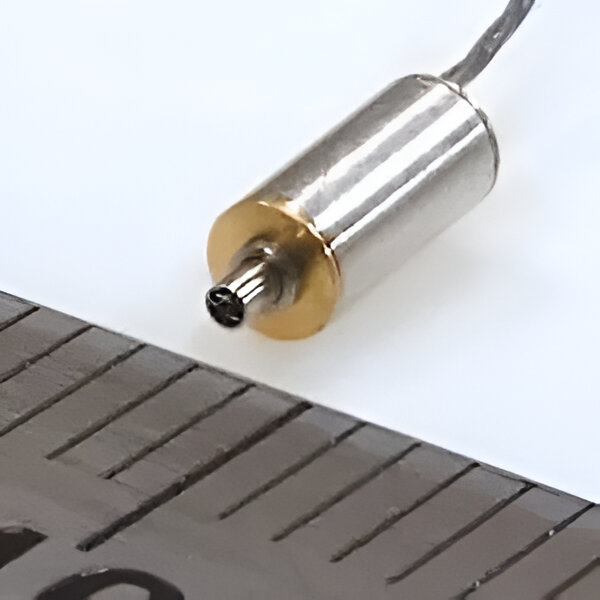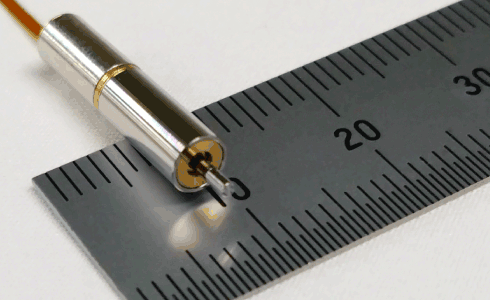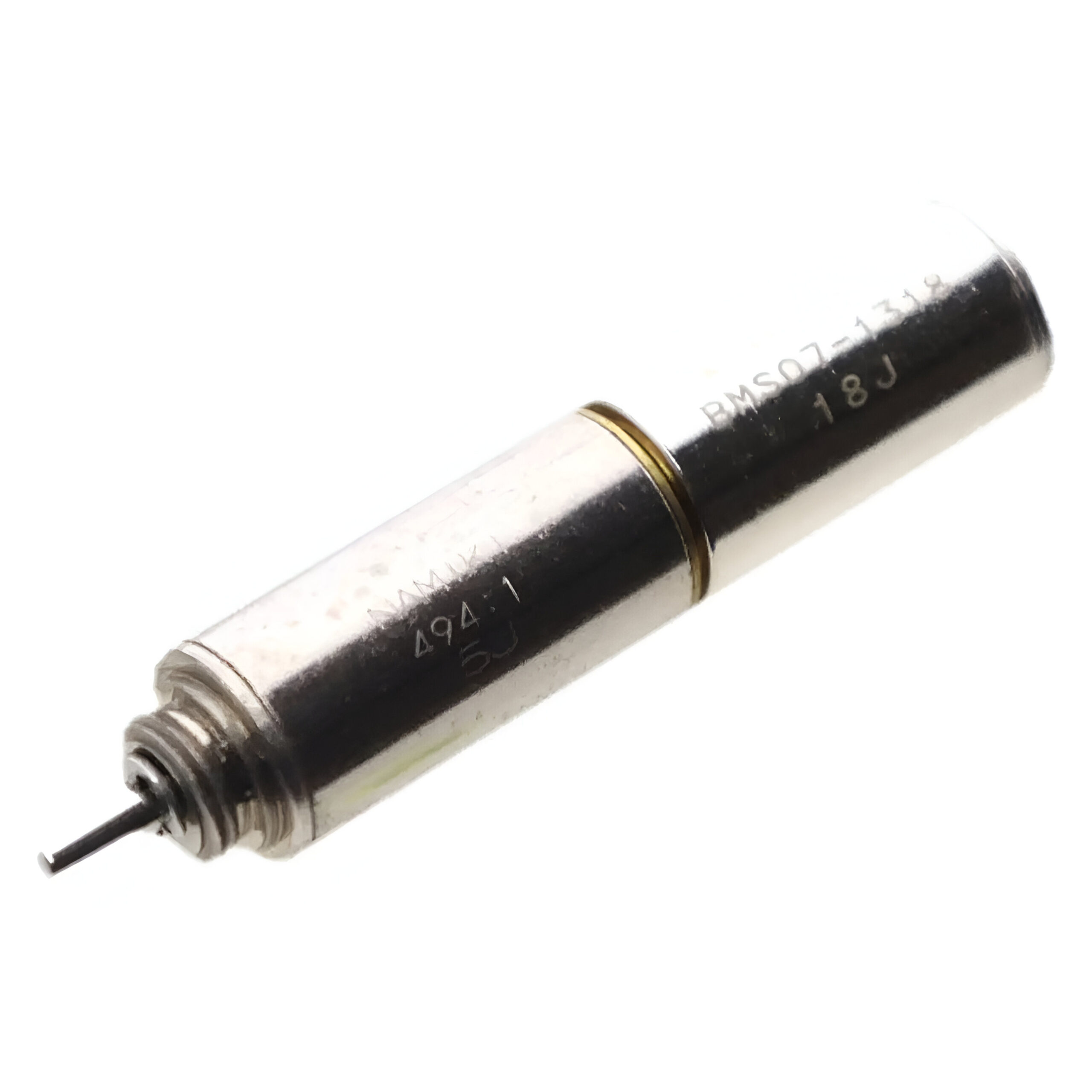Micromotors
Micromotors (or ultra-compact motors) are extremely small electric motors with an output power of up to 3 watts. Unlike conventional small motors, which can reach up to 75 watts, micromotors are often powered by low-power sources such as batteries, making them particularly suitable for portable and energy-efficient applications. Due to safety risks at high voltages, there are practically no AC-powered micromotors under this definition – instead, DC variants dominate.
-
BMN02-0593
Rated voltage: 4 V
Stall torque: 0.01 mNm
Stable current: 43 mA
Terminal resistance: 93 Ω
Back-EMF constant: 0.024 mV/rpm
Torque constant: 0.2 -
BMN04-0829
Current: Min: 28 mA Max: 53 mA
Torque: 0 Nm
Speed: 37,000 rpm
Diameter: 4 mm -
BMN07-12XX
Nominal voltage: 3.0 / 5.0 V
No-load speed: 21,300 / 22,300 rpm
No-load current: 120 / 78 mA
Stall torque: 0.30 / 0.30 mNm
Stall current: 430 / 280 mA -
CMS07-17
Nominal voltage: 3.7 / 7.4 V
No-load speed: 20200 / 22100 rpm
No-load current: 19 / 10 mA
Stall torque: 0.94 / 0.84 mNm
Stall current: 571 / 283 mA
Orbray is a leading player in the development of micromotors and has, among other things, developed the world's smallest brushless motor with a diameter of only 0.6 mm and a gear motor of 1.5 mm. To ensure operational reliability and longevity in these tiny motors, Orbray has chosen brushless technology, as brushes and commutators wear out quickly in such small components.
Through advanced manufacturing methods such as precision cutting, grinding and polishing, Orbray has been at the forefront of motor miniaturization for several years. These technological advances have made micromotors indispensable in high-tech fields such as medical technology, robotics and measurement technology. A concrete example is the hollow shaft motor used in Orbray's optical inner wall measurement system – a solution that combines micromechanics and optics in a groundbreaking way.



